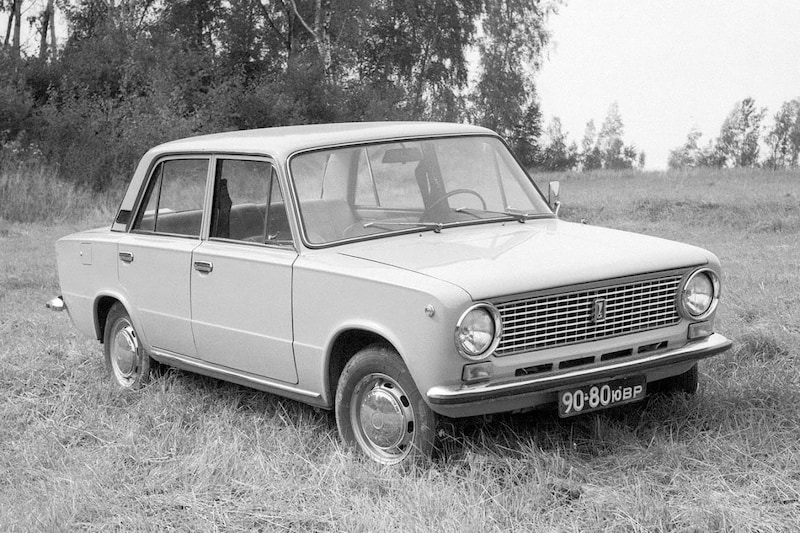

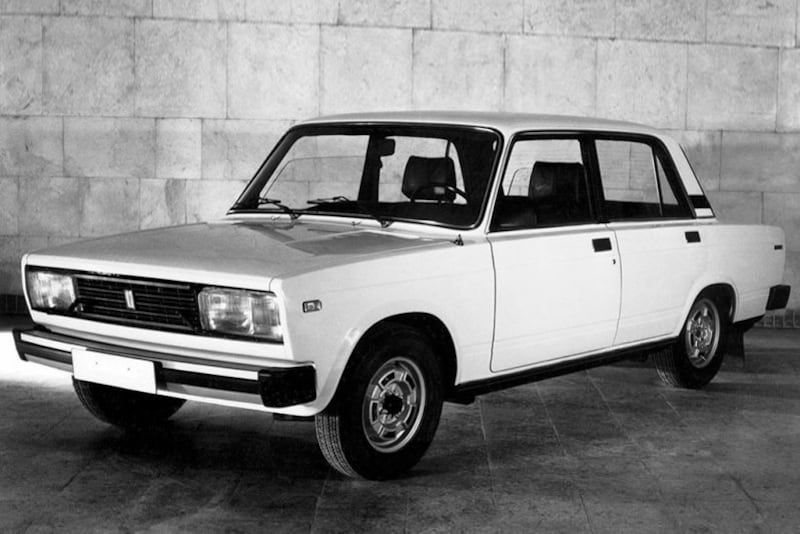


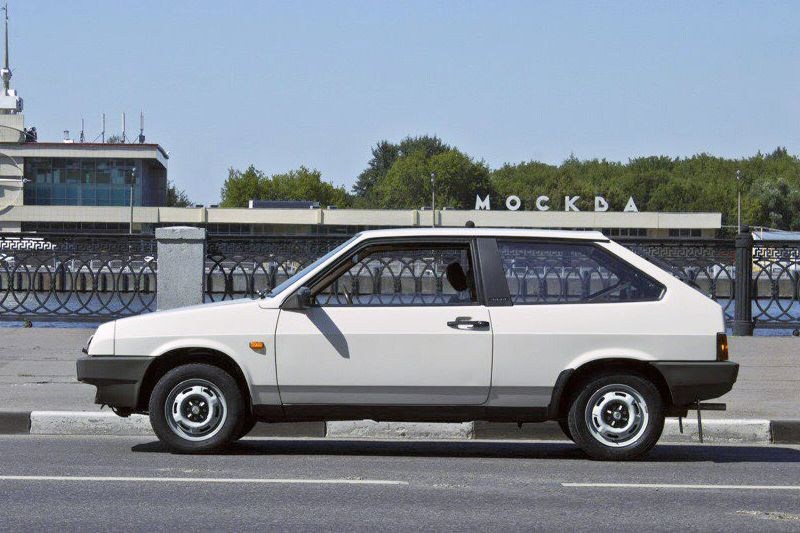


The Wankel engine may evoke the association with Mazda or NSU among many, but also in Russia they experimented a lot with it. The police and the KGB in particular used the engine type in their cars, but private individuals were also able to obtain a fast Lada with Wankel engine.
AvtoVAZ, the Russian car manufacturer that includes Lada, started working on the idea of the Wankel engine in the 1970s. The Russians were relatively late with this, because the Wankel engine was originally an idea of the German engineer Felix Wankel. NSU continued to build on this and in 1957 they had a working prototype. Not only did NSU apply the engine to its own cars, but other manufacturers were allowed to use the technology under license. AvtoVAZ was reportedly unlicensed, but in 1974 a new engine division of the Russians began developing the Wankel engine. In 1978 the first Russian Wankel engine was ready: the VAZ-311.
Secret service and police
The VAZ-311 eventually came under the hood of the VAZ-2101, which was known to us as the Lada 1200 and was based on the Fiat 124. The power source produced 71 hp and 95 Nm of torque. Initially, the VAZ-21018, as the Wankel engine version was called, was intended for the police and secret service, but in 1982 it was also made available to the general public. However, no more than 250 copies of the civil version were built. The rapid wear of the engine in particular was a tricky issue: after 20,000 kilometers on the counter, the cake was over. However, that did not prevent AvtoVAZ from launching multiple variants of the Wankel engine. Namely, a variant with two rotors, the VAZ-411, was installed in the VAZ-21019. This block was good for 115 hp thanks to its extra rotor and was not available as a civil version. Later the VAZ-2105, here known as the Lada 2105, was also equipped with a Wankel engine.
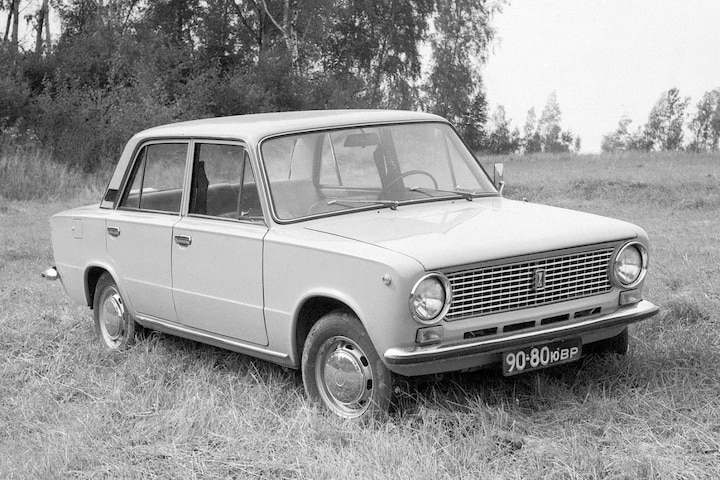
The VAZ-2101.
Incidentally, the development of the Wankel engines has been halted for a while, mainly because the Russians began to realize that they were not exactly the most reliable engines. Ultimately, however, AvtoVAZ came up with a whole range of Wankel engines, which were especially popular with the police and secret service because they performed better than the Ottomotors in Ladas of the time. Reportedly, the VAZ-411 was also placed under the hood of the GAZ-3102, a medium-sized sedan. It would later also be equipped with the VAZ-431, yet another variant of the Wankel engine with three rotors and no less than 210 hp. However, little is known about the latter power source, it is presumably an experimental model intended for senior KGB personnel.
Incidentally, the use of Wankel engines was not limited to cars. The Russians also experimented with this type of power source for helicopters, planes and boats.
Fast Samara
All combinations with numbers that the Russians liked to use, do not make the whole thing clearer. In the 1990s a 1.3-liter VAZ-415 Wankel engine was also installed in the three-door VAZ-2108 and five-door VAZ-2109, known in Europe as the Lada Samara. However, that specific variant was only sold in Russia with -91 behind the type designation. The VAZ-415 was a further development of the VAZ-413 and delivered 140 hp and 186 Nm of torque.
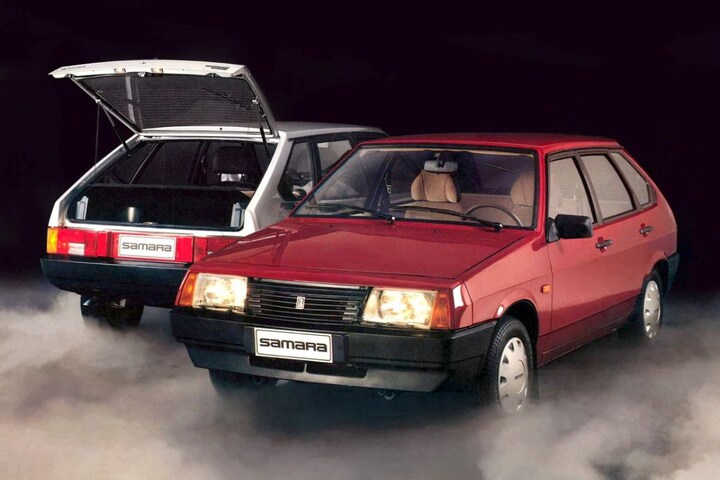
The Lada Samara, shown here as a five-door VAZ-2109.
Those numbers gave the Samara wings: the sprint to 100 km / h was completed in 8 seconds and the top speed was 200 km / h. Ideal for the police as a pursuit vehicle. As far as is known, the version with Wankel engine did not differ from the standard Samara in appearance. In addition, the Russians reportedly did not find it necessary to adjust the brakes and chassis to handle the higher power. That probably caused a lot of scary moments. Also inconvenient: the Samara had no rev counter, making it a lot more difficult to keep the Wankel engine in its optimal rev range.
Today you have to be a fan of the first hour to drive a Lada with Wankel engine. It is difficult to find one anyway, because most Wankel engines from AvtoVAZ did not last very long. This means that even less of the already very limited production of cars with Wankel engines is left.
The video below shows a Lada Samara with a Wankel engine in action.